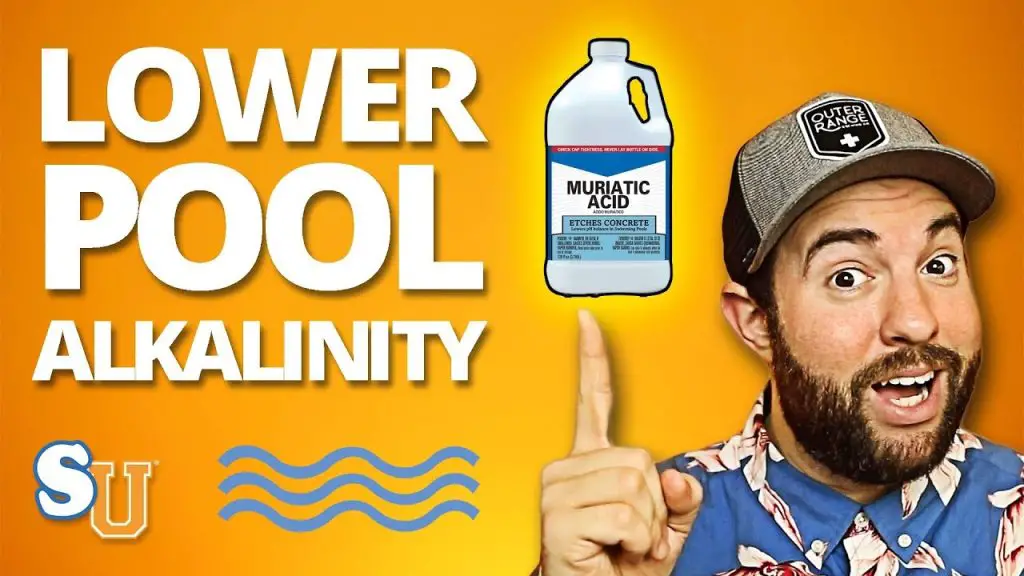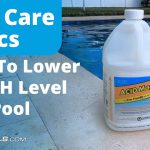Having a pool is a wonderful thing, but maintaining the water chemistry can be a challenge. One common issue that pool owners face is high alkalinity levels. High alkalinity can lead to various problems such as cloudy water, scaling, and difficulty in adjusting the pH. In this article, we will discuss some effective methods to lower pool alkalinity and restore balance to your pool water.
Understanding Pool Alkalinity
Before we delve into the methods of lowering pool alkalinity, it is important to understand what alkalinity is and its significance in pool maintenance. Pool alkalinity refers to the ability of the water to resist changes in pH. High alkalinity levels can make it difficult to adjust the pH, leading to a range of issues. The ideal range for pool alkalinity is between 80-120 parts per million (ppm).
Test the Alkalinity Levels
The first step in addressing high alkalinity is to test the current levels using a reliable pool water testing kit. Once you have the results, you can determine the extent of the problem and track your progress as you take steps to lower the alkalinity.

Credit: waterguru.com

Credit: www.docdeanspools.com
Methods to Lower Pool Alkalinity
1. Use Muriatic Acid
Muriatic acid is a common and effective way to lower pool alkalinity. It is important to follow safety precautions and carefully measure the amount of acid needed. Be sure to add the acid slowly, and monitor the alkalinity levels to avoid overcorrection. Always use protective gear when handling muriatic acid.
2. Add Sodium Bisulfate
Sodium bisulfate, also known as dry acid, can be used to lower both alkalinity and pH levels in the pool. It is available in granular form and should be added in small increments to prevent sudden drops in alkalinity. Follow the manufacturer’s instructions for the correct dosage based on your pool size.
3. Aeration
Aeration is a natural method to lower pool alkalinity. This process involves increasing the exposure of the pool water to air, which helps to release carbon dioxide and, in turn, reduces the alkalinity levels. You can achieve aeration by running a fountain, waterfall, or simply allowing the water to splash to increase surface agitation.
Maintaining Balanced Alkalinity
Once you have successfully lowered the pool alkalinity, it is essential to maintain balanced levels to prevent future issues. Regular testing and monitoring of the alkalinity levels will help you to make timely adjustments as needed. It is also advisable to keep the pool well-ventilated to prevent the buildup of carbon dioxide, which can contribute to high alkalinity.
Conclusion
Proper maintenance of pool alkalinity is crucial for ensuring clear, balanced, and comfortable pool water. By understanding the causes of high alkalinity and implementing appropriate methods to address it, you can enjoy a healthy and refreshing swimming experience. Remember to always follow safety guidelines and utilize quality testing equipment for accurate results.





